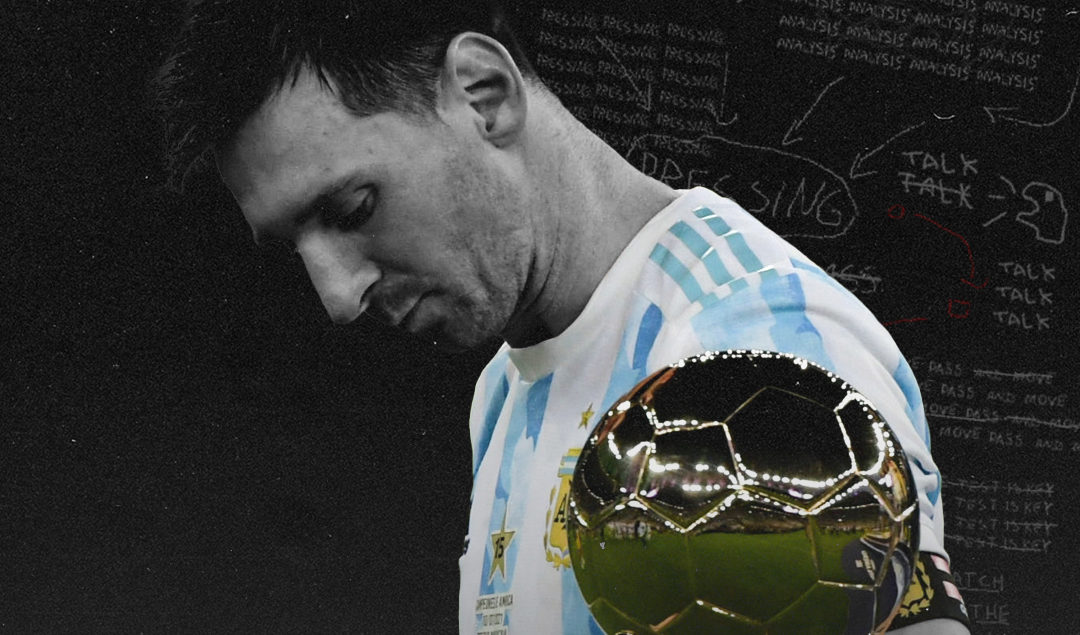A Novice’s Guide to Soccer
Soccer is one of the most popular sports to bet on, but if you want to have any success, you’ll need to at least have a basic understanding of how it works. After that, the second most important thing is to learn how betting odds work, and you can stay up to date with the latest and most competitive odds for soccer at fanduel.com.
The Fundamentals of Soccer
Teams: 2
Players on each team: 11 on the pitch, 5-7 on the bench
Game Length: 45 minutes plus stoppage with no timeouts or breaks
Aim of the game: Each team maneuvers a ball across the field trying to get it across the line of the opposing team’s goal. Players are only allowed to stand on certain areas of the field and penalties are awarded for foul play, playing out of bounds, or touching the ball with your hands (except for the goalkeeper or during a throw-in).
The Offside Rule
This is when any part of a player’s body (except their hands and arms) is in the opponent’s half of the pitch and closer to the goal than the second-last opposing player (usually the goalkeeper). Typically only penalized if it contributes to a significant play.
Positions
11 positions are played in soccer and 11 players need to be on the pitch at all times for both teams. Although they can play in a variety of formations, the basic groupings of the team include the defenders, the midfielders, and the forwards (attackers).
Goalkeeper
The goalkeeper does exactly what its name suggests, which is to defend the goal by keeping the ball out of it. Goalkeepers are usually quite tall with ultra-fast reflexes and can quickly move across the net to cover as much space as possible.
Fullbacks
One left-back and one right back, the fullbacks are involved with attacking plays as well as defending against the other team’s wingers. Their goal is to help get the ball in the midfield.
Center Backs
These are defensive players who stick to the central area of the back third of the pitch. These players are often strong and stocky which can slow them down, and their role is to be the last line of defense in stopping the other team from reaching the goal.
Midfielders
As you probably guessed, midfielders play in the middle of the field and fulfill several different roles, both offensive and defensive. Their job is to get (and keep) possession of the ball.
Wingers
These players stick to the outer edges of the pitch in the attacking third and pass to the strikers or attempt to make a run from the outside into the box. To do this, they need to be fast with good footwork to pass and dribble the ball without losing possession.
Strikers
Strikers play in the central area of the attacking third and are the players who score goals. These are usually some of the strongest players on the field and have good footwork skills.
Offenses
Certain moves are considered foul play in soccer, which will result in one of the following offenses:
- Free kick: Awarded for any penalty outside of the box.
- Penalty kick: Awarded for any foul inside of the box.
- Yellow card: Awarded at the referee’s discretion for more serious offenses. Two yellow cards automatically mean a player is benched.
- Red card: Awarded at the referee’s discretion for the most serious offenses including major fouls, violent outbursts, aggressive language. The player will automatically be sent off if shown a red card.
So, there you have it. The complete novice’s guide to soccer.
By: Chester Lucero
Featured Image: @GabFoligno / Nelson Almeida – AFP
